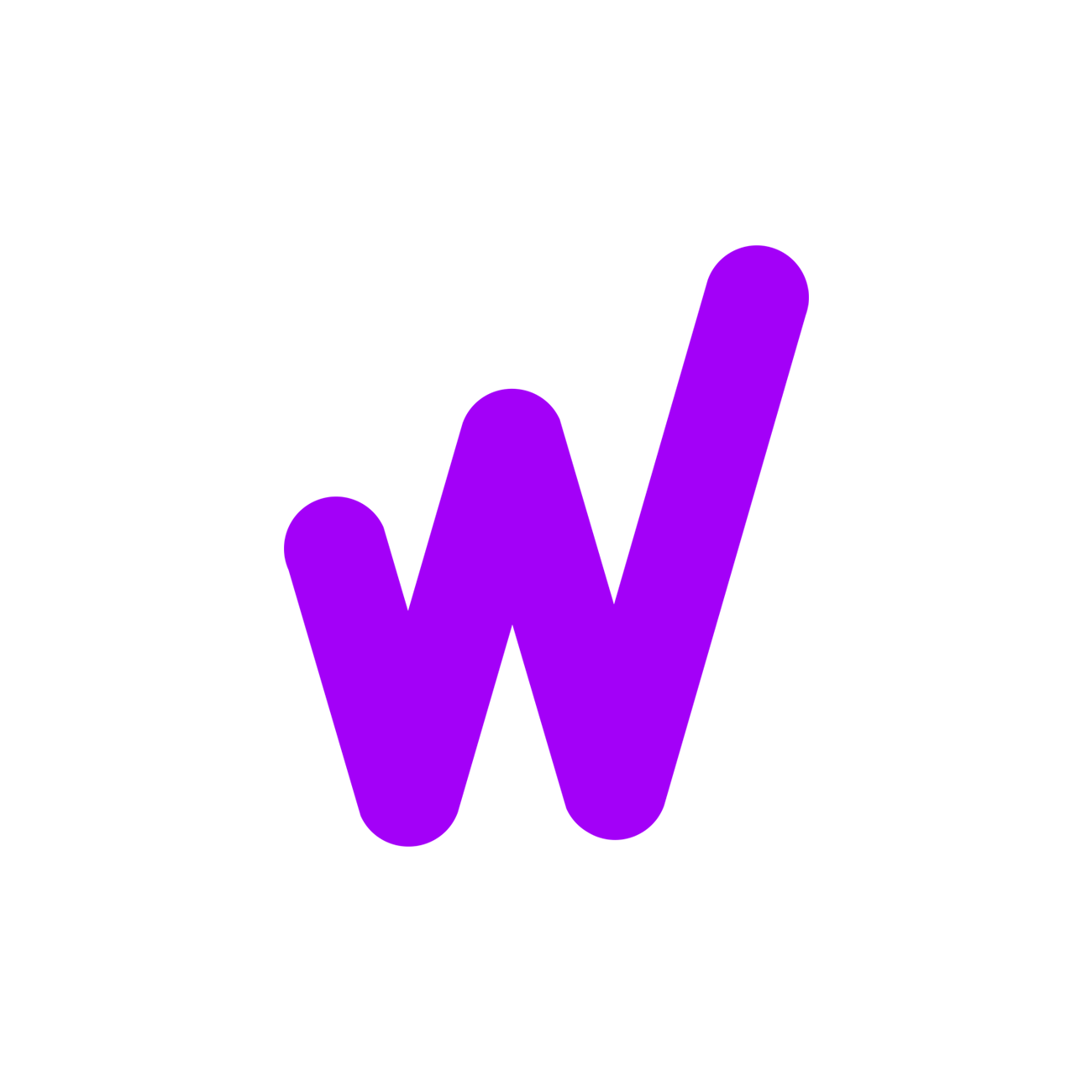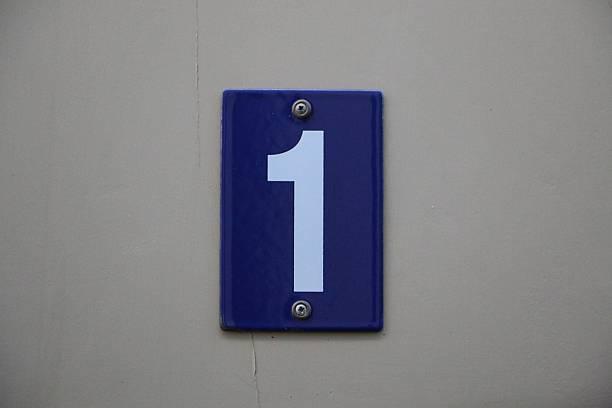In the realm of contemporary architecture, design is no longer confined to form and structure alone. Visual cues, including exterior signage, have become a defining aspect of the overall aesthetic. Elements such as numbers and letters play a vital yet often understated role in shaping the identity and clarity of modern house design. For property developers, architects, and managers, understanding how these components contribute to both style and functionality is crucial in creating spaces that are not only appealing but also practical and compliant with safety and regulatory standards.
The Fusion of Function and Style
Historically, address signage was used solely for identification purposes. However, modern design has reimagined these components as essential architectural features. Numbers and letters now serve dual roles: they direct and inform, while also acting as artistic extensions of the home’s exterior. A carefully selected typeface, material, and positioning can either harmonize with or dramatically accentuate the home’s overall style.
Minimalist, sans-serif fonts in stainless steel or matte black finishes are often used to mirror the clean lines and neutral palettes associated with modern architecture. Conversely, some homeowners and designers opt for bold, oversized signage to create a striking visual anchor. These decisions are not merely decorative; they are a thoughtful exercise in visual hierarchy and coherence, reinforcing the home’s aesthetic integrity.
Improving Wayfinding and Emergency Response
Beyond aesthetics, numbers and letters offer significant practical benefits. One of the most critical aspects is wayfinding. A home’s street number must be visible and legible from a distance to ensure ease of navigation for visitors, delivery personnel, and service providers. In emergencies, clear signage can directly impact response time for fire departments, ambulances, and police services.
For property managers of multifamily residences or business complexes, this function becomes even more critical. Apartment numbers, building labels, and directional signage need to be standardized and consistent to reduce confusion. This is not only a matter of efficiency but also liability ambiguous or hard-to-read signage can pose safety risks or delay assistance during critical situations.
Materials Matter in Modern Design
Choosing the right material for house numbers and letters is as important as selecting the typeface. In modern design, popular materials include brushed aluminum, acrylic, stainless steel, and powder-coated metals. These options not only complement the sleek and often industrial look of modern homes but also withstand environmental wear and tear.
Durability is key, especially in regions with extreme weather conditions. UV resistance, rustproofing, and water resistance are standard considerations during material selection. Additionally, advancements in 3D printing and CNC machining have made custom signage more accessible and affordable, allowing for greater personalization without compromising on quality or longevity.
Lighting Integration for Visibility and Ambiance
Incorporating lighting into the display of house numbers and letters has become increasingly common. Illuminated signage improves visibility at night and adds an elegant, modern touch. Backlit numbers can create a soft glow that accentuates architectural features, while edge-lit or front-lit options provide higher visibility and contrast in low-light conditions.
Lighting can be hardwired or solar-powered, offering flexibility based on the homeowner’s preference or property’s layout. For commercial properties or managed housing units, lighting is not only a design enhancement but also a practical investment that reduces confusion and increases security.
Placement and Scale Considerations
Another important factor in the design and implementation of house numbers and letters is placement. According to design guidelines followed by architects and city planning departments, placement should ensure optimal visibility from the street without compromising the home’s aesthetic balance. Common placements include beside the main door, on a mailbox post, or prominently above the garage. For modern homes with unconventional facades or minimalist design, freestanding signage or wall-mounted plates can provide effective alternatives. Scale is equally vital the size of the characters should be proportionate to the viewing distance and the architectural scale of the property.
Common placements include beside the main door, on a mailbox post, or prominently above the garage. For modern homes with unconventional facades or minimalist design, freestanding signage or wall-mounted plates can provide effective alternatives. Scale is equally vital the size of the characters should be proportionate to the viewing distance and the architectural scale of the property.
Customization Reflects Identity
Modern house design places a strong emphasis on individuality. Numbers and letters allow homeowners and businesses alike to reflect their identity subtly but effectively. Custom typography, stylized layouts, or unconventional positioning can all convey personality without veering into gaudy or unprofessional territory.
In the context of property branding, especially in high-end developments or luxury rentals, signage becomes an extension of the brand experience. Uniform signage throughout a complex signals professionalism and attention to detail, enhancing tenant satisfaction and property value.
Environmental and Smart Home Integration
Sustainability is a core principle in modern design, and house signage is no exception. Eco-friendly materials, solar-powered lighting, and recyclable composites are increasingly popular. Moreover, in smart homes, signage can serve digital purposes as well. QR codes embedded subtly on plaques, or NFC-enabled plates, can provide access to contact information, guest entry systems, or maintenance portals.
Although these integrations are still emerging in residential spaces, they offer a glimpse into the future of smart architecture—where even the smallest design elements are interconnected with the home’s larger technological ecosystem.
Enhancing Market Appeal
From a business standpoint, effective exterior signage improves the property’s marketability. In real estate photography, clearly visible, stylish numbers contribute to curb appeal, which influences a potential buyer’s first impression. In commercial listings, polished signage indicates professionalism and proper maintenance.
For property managers, investing in cohesive and modern signage across all units boosts brand identity and can be a differentiator in competitive markets. Well-designed numbers and letters may seem like a small detail, but they speak volumes about the property’s overall quality and management ethos.
Conclusion
The inclusion of visually appealing and strategically placed numbers and letters in modern house design is more than a trend—it’s a blend of aesthetic refinement and functional necessity. These elements enhance the property’s identity, improve accessibility, ensure safety, and contribute significantly to the visual coherence of the architectural design. Whether for single-family homes, multifamily units, or commercial spaces, integrating high-quality, well-designed signage is a wise decision that elevates both form and function.
FAQs
What size should house numbers be for maximum visibility?
House numbers should generally be at least four inches tall for visibility from the street, but larger sizes may be required depending on setback distance and local regulations.
Is it necessary to light up house numbers?
While not always required by law, illuminated house numbers significantly improve nighttime visibility, support emergency response efforts, and add to the home's modern aesthetic.
What materials are best for modern house numbers?
Popular materials include stainless steel, aluminum, acrylic, and powder-coated metal. These are chosen for their durability and compatibility with modern architectural styles.
Can house numbers be customized for branding?
Yes, especially in commercial or luxury properties, customized fonts, colors, and layouts can reinforce brand identity and elevate the building’s professional appearance.
Where should I place the numbers on a modern house?
The ideal placement depends on the home's layout but should prioritize visibility from the road. Common areas include near the main entrance, above the garage, or on a gate post.

